Long-lost forest that disappeared 22 million years ago in the Panama Canal is rediscovered by scientists who found trees fossilized by a volcano eruption
A mangrove forest flourished on an island in the Panama Canal until a violent volcanic eruption buried it under ash and rock 22 million years ago, wiping it from the planet.
Now, scientists at the Smithsonian Tropical Research Institute have discovered the fossilized remains of trees that once straddled the water's edge on Colorado's Barro Island.
A total of 121 preserved wooden objects were found, still bearing their identifying features such as water bowls.
Besides rediscovering the long-lost forest, the team determined that it was teeming with species not seen on Earth today.
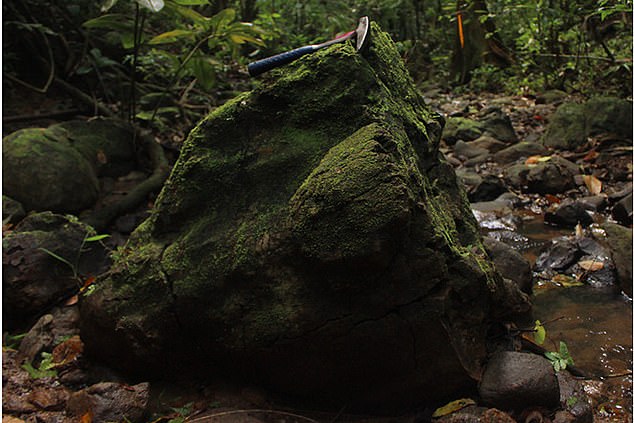
Scientists at the Smithsonian Tropical Research Institute have discovered the fossilized remains of trees that once straddled the water's edge on Barro Colorado Island.
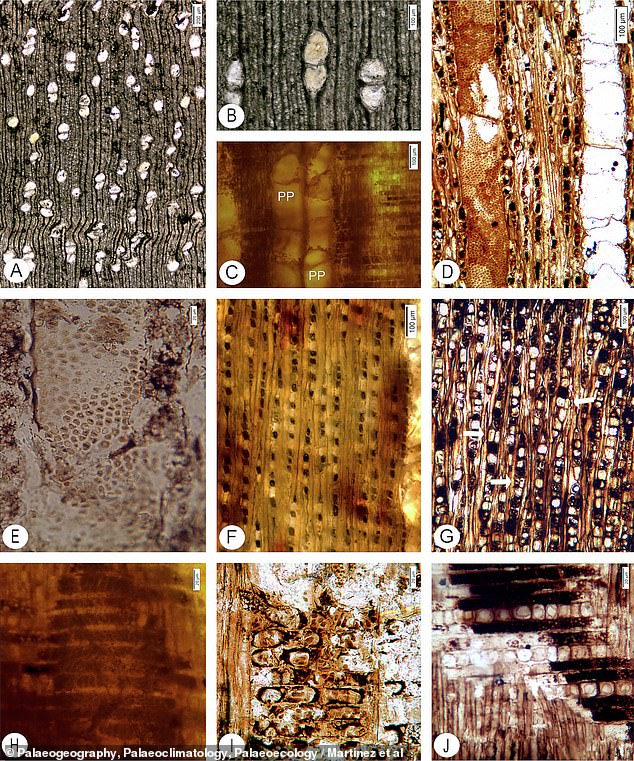

Scientists cut and polished parts of the petrified wood and took pictures of them under a microscope. They focused on specific features such as the water vessels (B, D, H, and I), which can distinguish one species from another
Fossil evidence suggests that a single massive volcanic eruption created a violent outpouring of water, mud, ash and rock.
Lahar flows like wet concrete at amazing speeds and can cover an area instantly. It leaves plants and animals no opportunity to rot or decompose.
Add silica-rich lahar water, which seeps into living organisms and fossilizes their tissues, and the result is well-preserved fossils preserved at a moment in time.
Scientists found the fossils in a stream on Barro Colorado Island.
In the early Miocene epoch, about 23 million years ago, the large land masses of South America and the Caribbean plate collided, shaping the landscapes of Panama and the rest of Central America.
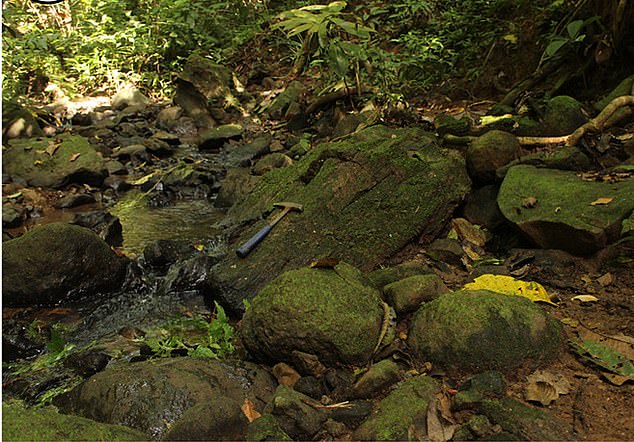

Scientists found the fossils in a stream on Barro Colorado Island
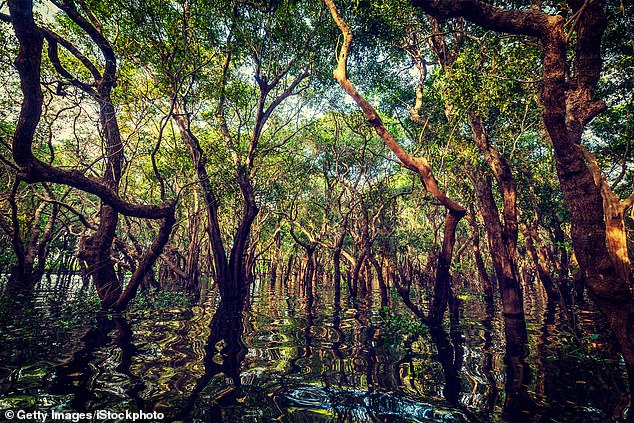

Mangroves that grow in warm areas with abundant rainfall and few storms can grow to exceptional heights. Researchers estimate that the trees in the mangrove forest on Barro Colorado Island were 130 feet or taller
This was when the hill that would eventually become Barro Colorado Island rose from the ocean.
Around its edges grew a mangrove forest, its trees soaring 130 feet into the air, the study authors wrote.
Sediment samples show that the forest grew in the brackish zone where salt and fresh water meet, ideal conditions for mangroves.
The lack of other tree fossils in the area suggests that other species would have had difficulty living in this habitat.
The brackish water wasn't the only thing that made conditions ideal for the massive mangrove forests.
Atmospheric carbon dioxide concentrations were much higher during the Miocene than they are now — more than 500 parts per million (ppm), compared to about 419 ppm today.
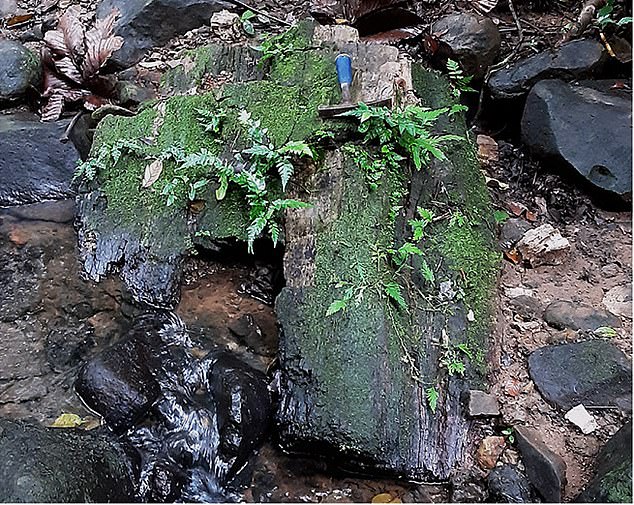

Besides rediscovering the long-lost forest, the team determined that it was teeming with species not seen on Earth today
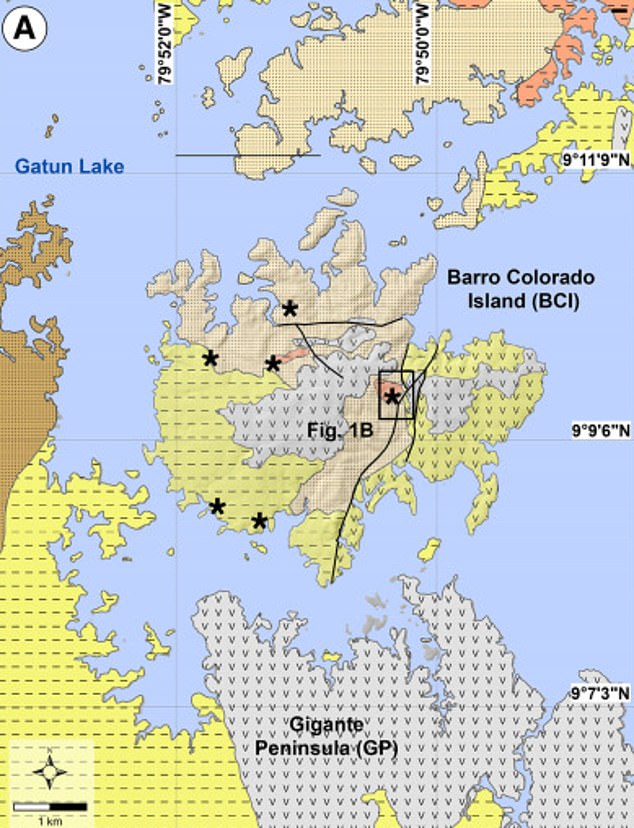

The island is located in the Panama Canal
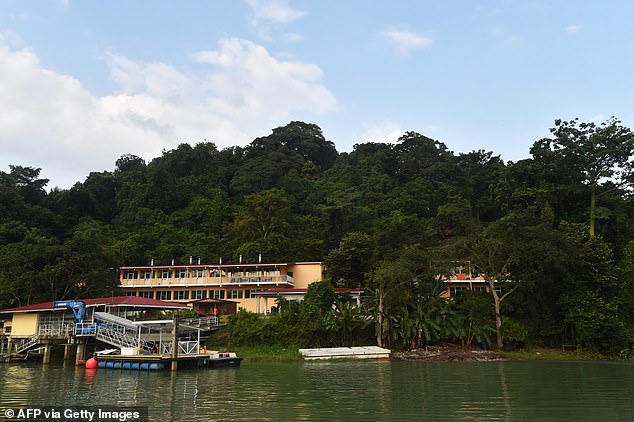

Barro Colorado Island, home of the Smithsonian Tropical Research Institute, is located in the middle of the man-made Gatun Lake. The island used to be a hilltop, but a lake surrounded it when the Panama Canal was completed more than 100 years ago.
Since trees consume carbon dioxide to grow, the study authors concluded that these ancient species were able to reach much greater heights than today's mangroves.
Scientists named the tree Sonneratioxylon barrocoloradoensis – the first part being the genus it belongs to, a group that still exists today. The second part of its name refers to where it grows, Barro Colorado Island.
the The species has some living relatives in the genus Sonneratioxylon, but only in Southeast Asia – none remain in South or Central America.
These results will appear in the March 2024 issue of the journal Paleogeography, paleoclimatology, paleoecology.
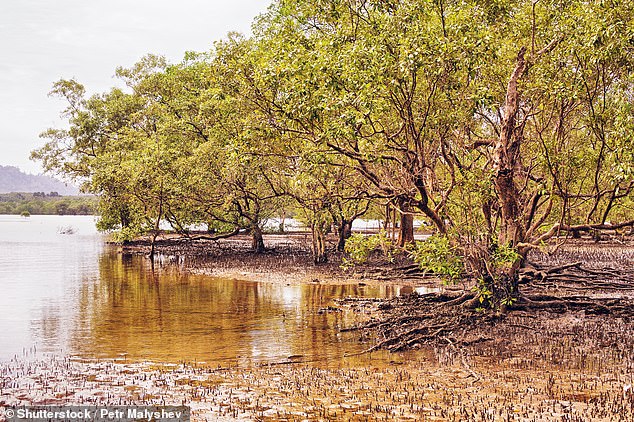

The remaining relatives of fossilized mangroves are in Southeast Asia. There is no one left in Central or South America
However, the same geological activities that formed Barro Colorado Island also led to the end of this ancient forest.
Sometime after the forest was created, up to a million years later, a local volcano erupted.
Its ash and rocks are combined with existing water and clay to cover the trees in the lahar.
The researchers concluded that fossil evidence, including volcanic sandstone surrounding the tree fossils, suggests that it may have been just one large volcanic eruption that laid waste to the trees.
Maybe this forest was not alone.
Since the Miocene, the study authors write, these local extinctions may have occurred around the world.
After all, the same conditions that produced and destroyed this forest were happening all over the shifting Earth: the planet's shifting plates pushed the Earth upward, then mangroves formed, and were destroyed by volcanic activity.
(Tags for translation)dailymail
